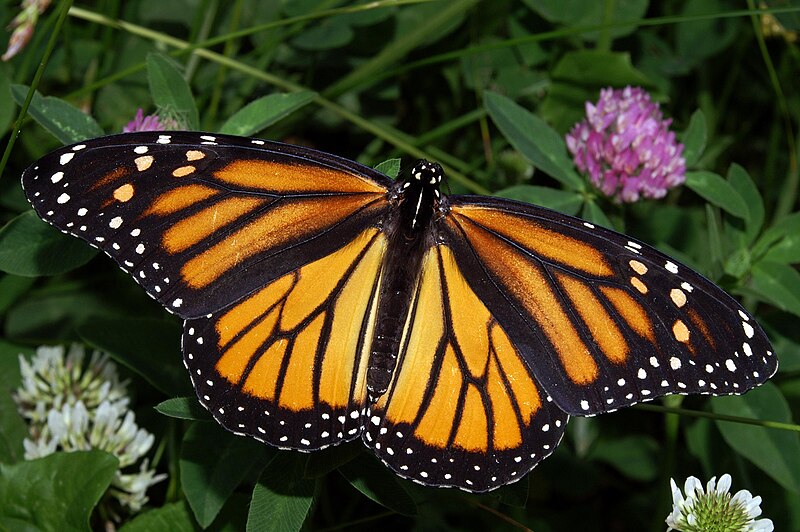
From “Monarch Butterfly Genome Sequenced” (ScienceDaily, Nov. 23, 2011), we learn:
“Migratory monarchs are at least two generations removed from those that made the journey the previous fall,” said Steven M. Reppert, MD, professor and chair of neurobiology and senior author of the study. “They have never been to the overwintering sites before, and have no relatives to follow on their way. There must be a genetic program underlying the butterflies’ migratory behavior. We want to know what that program is, and how it works.”
Question, why “must” there be a genetic program? What if a large part of the program turns out to be epigenetic?
Understanding the relationship between genes, behavior and physiological adaptations in monarchs may also lead to new insights into similar connections in humans. Circadian clocks, for instance, are a crucial component in the complex time-compensated sun compass system governing a monarch’s ability to navigate long distances, and are now understood to play a pivotal role in human biology.*
“In terms of fundamental brain processes, those involved in the navigation mechanisms used for long-distance migration have been difficult to decipher,” said Reppert. “Dissecting the genetic basis of long-distance migration in the monarch may help us understand these mechanisms not only in monarchs but more generally in other migrants, including migratory birds and sea turtles.”
It will be most interesting if the mechanism indeed turns out to be fundamentally the same for butterflies, birds, and turtles. That’s obviously the underlying assumption behind the researchers’ notion that the migratory butterfly’s genome will help us understand non-insect species’ migrations as well. But what would such a finding imply?
See also: Metamorphosis: Multi-stage life cycles date back to the Cambrian?
Why some people think that Monarch butterflies show evidence of design.
*Note: how they had to throw in that last bit of bumf about human biology: If you really wanted to study circadian rhythm in humans, would you think of starting with migratory butterflies? Maybe it’s how the researchers got their grant though, so, shrug.